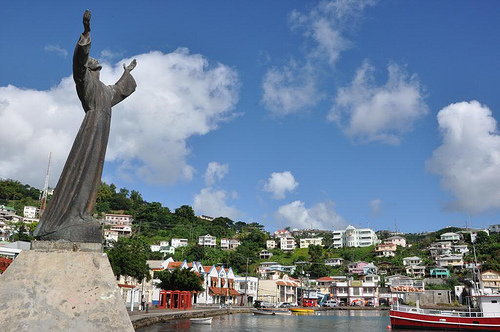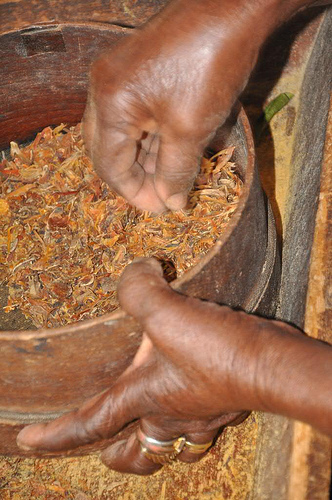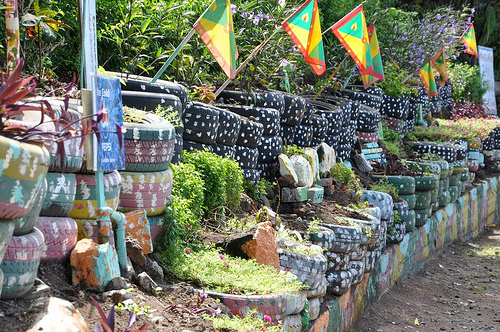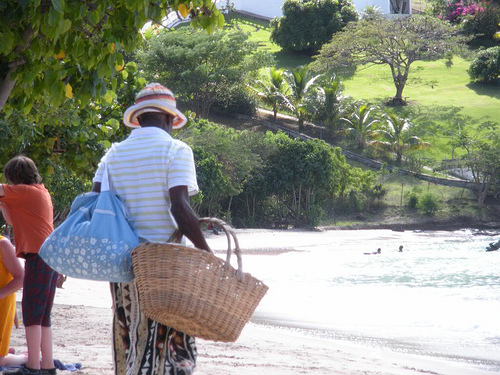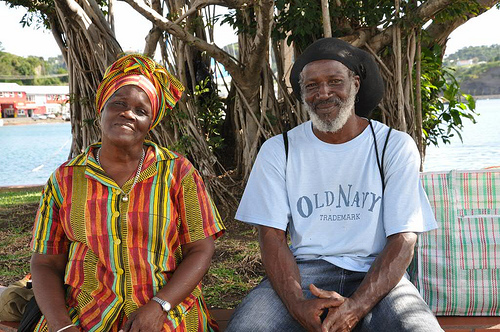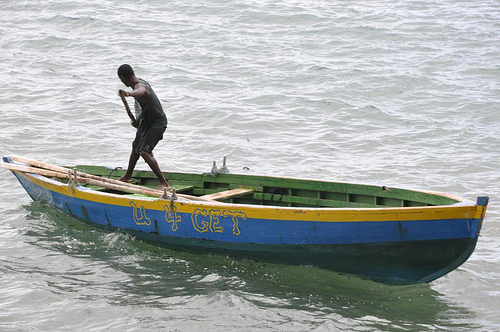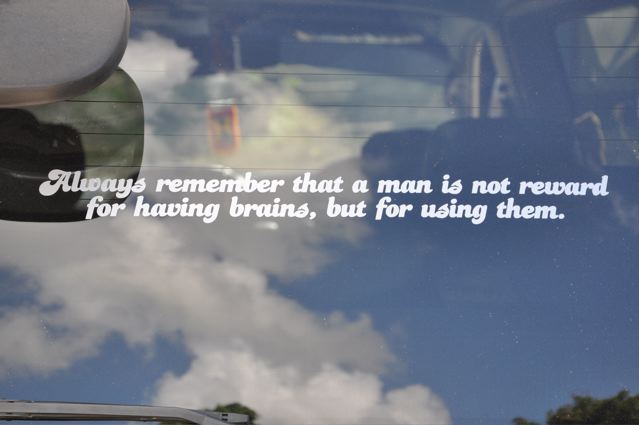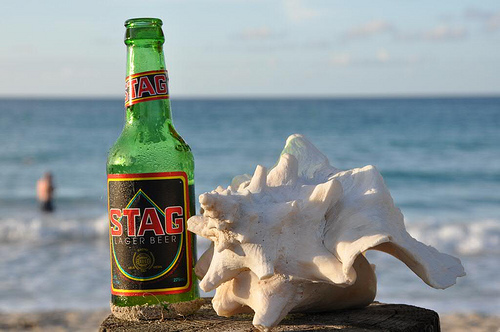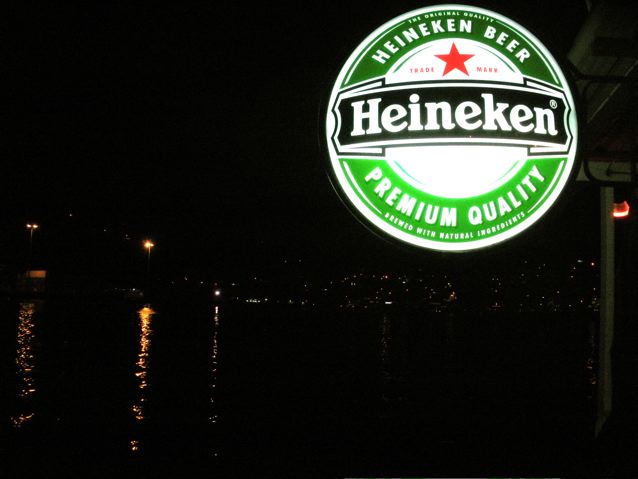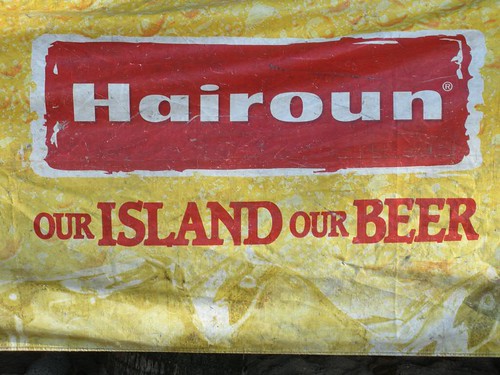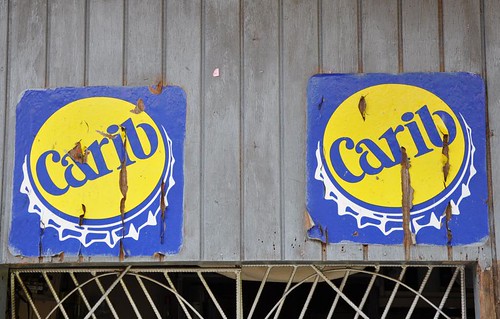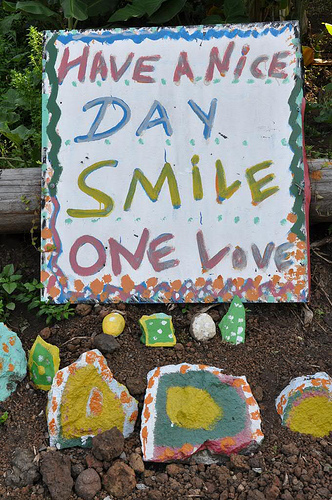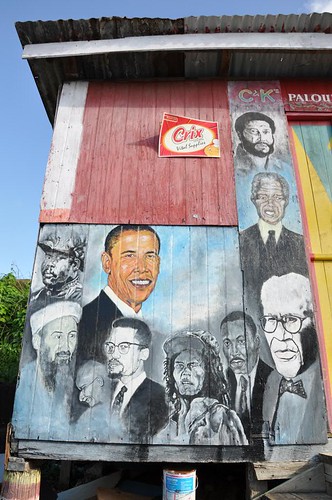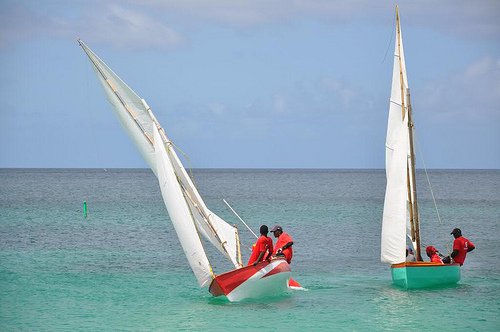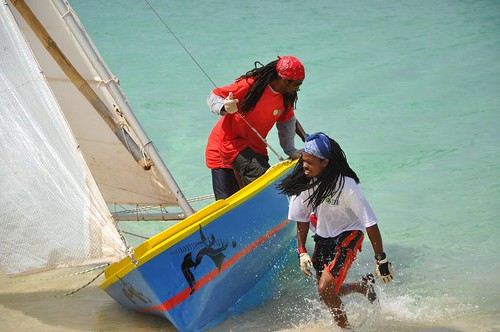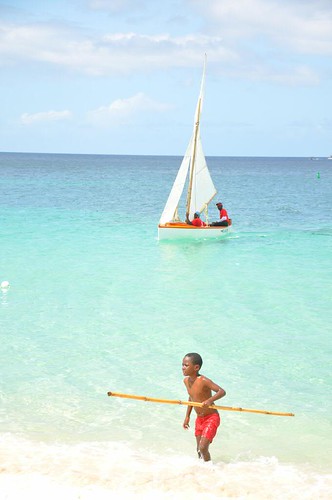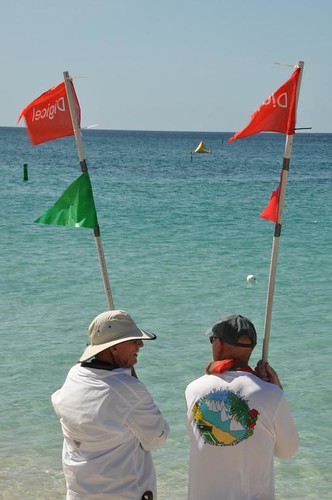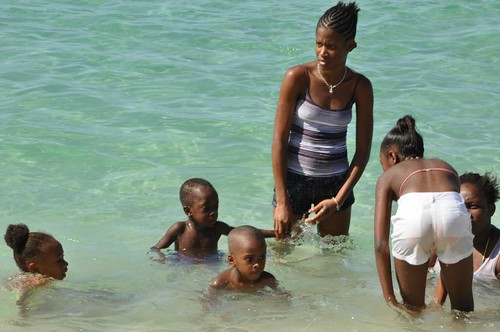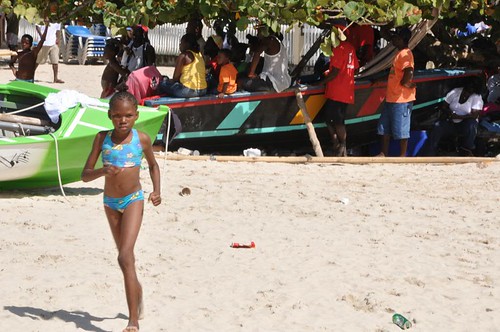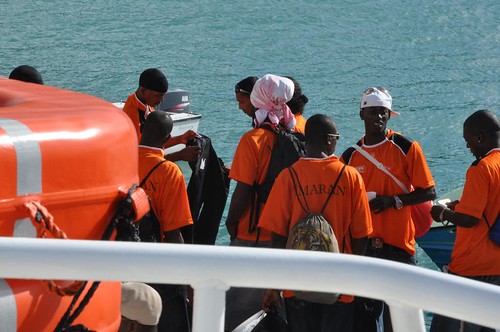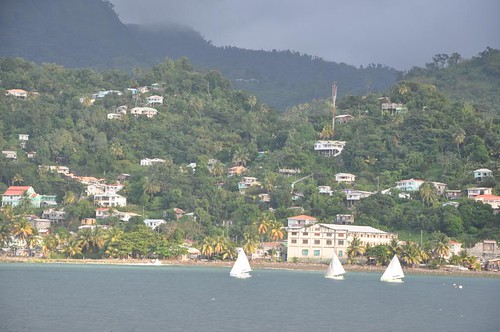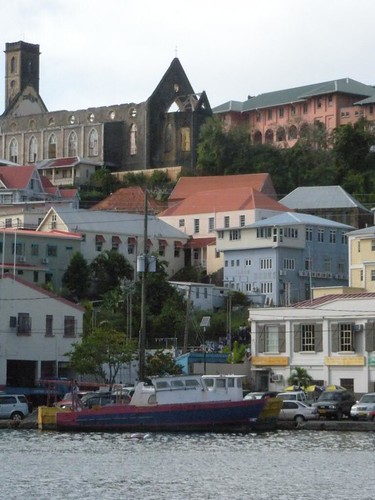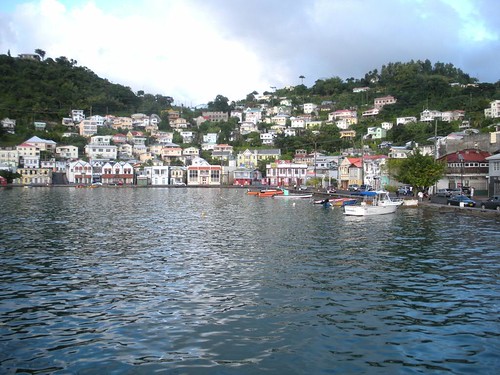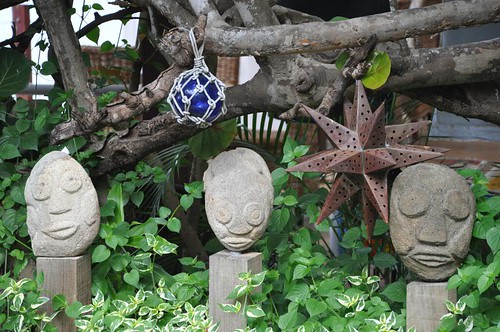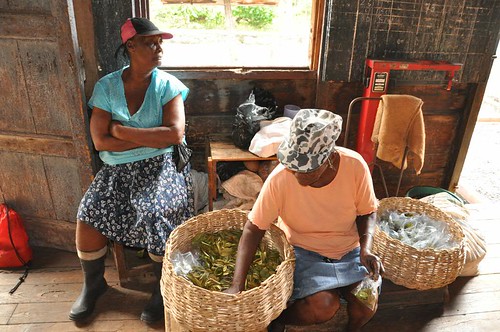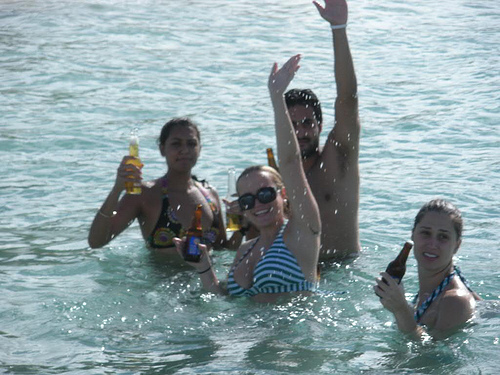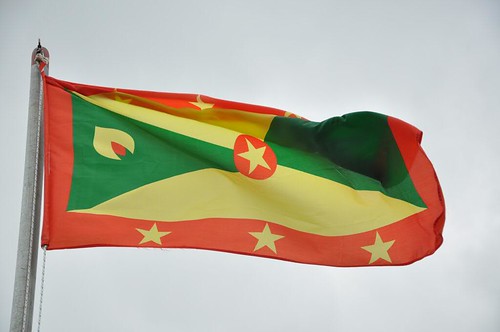Beer tastes better down here (if that’s possible). It goes well with seafood, sailing, sunning, and as a palate (and/or body) cleanser for the salt after swimming. While all beer is good food, a few barely pass the smell test. So please open your palate, mouth, and mind. It’s time for the Great Caribbean Beer-off!
AND THE WINNER IS…STAG!
HERE ARE THE FINAL RESULTS… based on ratings in 10 categories worth 10 points each—possible 100 points.
1st Place:
Stag, 85 points
2nd Place: Heineken, 70 points
3rd Place: Hairoun, 69 points
4th Place: Carib, 55 points
- 1st Place: STAG (pronounced: STOG!)
Name: 8. A bit tacky, but easy to say after you’ve had a few. Unique. Macho.
Story: 7. Supposedly from Trinidad, a place that makes most people agog and afraid.
Marketing: 10. Virtually none—a dark horse. How cool is that? Like a private club.
Smell Test: 8. Smells pretty okay, for a beer.
Taste: 10. Once drinkers discover it, they stick with it.
Availability: 7. Pretty common in the southern islands, but nowhere north. Exclusivity brings bonding?
Tepidity: 9. Stands up to the sun, if necessary. Your best bet when cold can’t be found.
Size Matters: 7. Usually in large bottles. But occasionally a bar fools you with smalls.
Price: 9. More than Carib, but much less than Heinie.
Bonus: 10. What’s not to love?
- 2nd Place: HEINEKEN (pronounced: I-nuh-KEN!)
Name: 8. Comfortable, familiar, ever-cool. It’s the International Budweiser.
Story: 8. Comes from Holland, or whatever they’re called now. They need attention.
Marketing: 9. Always classy and calming Love that little red star.
Smell Test: 4. Smells skunky, if in a good way. An acquired scent.
Taste: 9. Bottled all over, yet eternally consistent. Effervescent, welcome mouthfeel.
Availability: 10. If any Caribbean joint has only 2 beers, one will be Heinie.
Tepidity: 6. Not good warm, but it disappears fast, so…
Size Matters: 6. Bad: usually comes in mini-bottles (250 ml). Good: cute little cans.
Price: 5. Costs more for less liquid. Ish!
Bonus: 8. Like and old friend. Plus you look Euro and suave, if you wish.
- 3rd Place: HAIROUN (pronounced: I-ROON!)
Name: 7. Fun to say. You sound local once you get it right. Odd spelling, though.
Story: 10. What St. Vincent used to be called, so big ups for nostalgia and stubbornness.
Marketing: 9. Vincies love their homegrown. “Our Island, Our Beer.” Whoa!
Smell Test: 5. Could be worse.
Taste: 7. Goes down easy. No problem, mon.
Availability: 3. Unheard of after you leave the SV Grenadines. Withdrawal risk.
Tepidity: 5. No loitering. Great ice-cold, but the warmer it gets, the more it sucks.
Size Matters: 9. Only seen it in 12 ounce bottles. But never on tap loses a point.
Price: 7. Cheaper than Heineken, but not cheap enough.
Bonus: 7. Didn’t get tired of it for several weeks. Great memories.
- 4th Place: CARIB (pronounced: CA-RIB)
Name: 9. Almost Caribbean. Named after fearless, feral Indian settlers.
Story: 5. Not much “there” there. Brewed in many ports, with many ? waters.
Marketing: 5. Little to see beyond omnipresent personal endorsements.
Smell Test: 3. Smells so bad it’s often served with a lime.
Taste: 3. Kinda Corona-like, maybe worse. Watery, wimpy colon-cleanser.
Availability: 6. Mostly avails S of the N/S Grenadian meridian; occasionally N.
Tepidity: 1. Not good cold, worse warm. Must be ice-cold and pounded carelessly.
Size Matters: 6. Good: only comes in large units. Bad: only comes in large units.
Price: 10. Cheapcheap. + sold where people party by renegades at miniscule markups.
Bonus: 7. Good: often served w/ lime; can be on tap. Bad: On tap can be flat & insipid.
